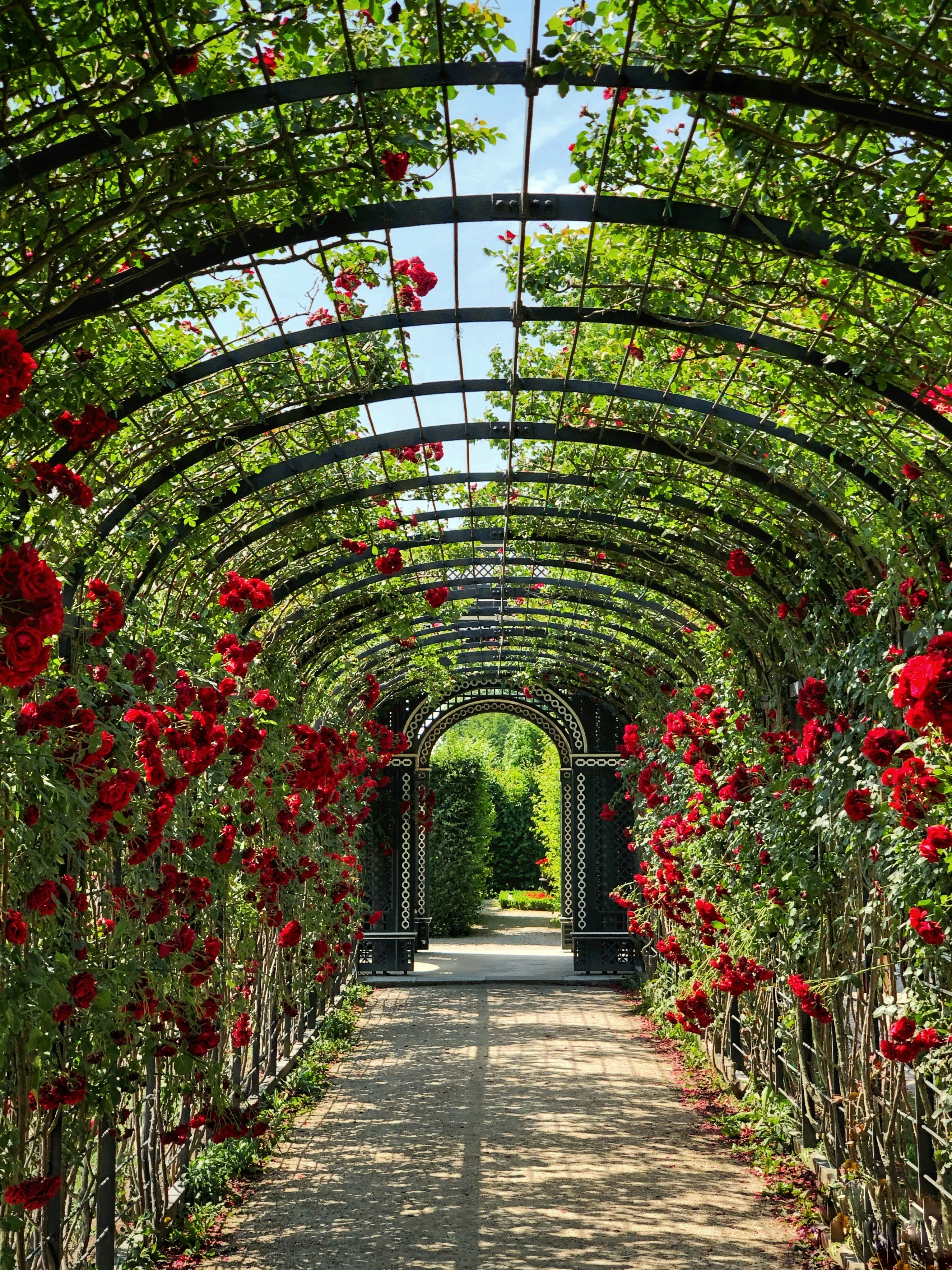Real Estate Tips
Restoring the Charm: Reviving Historical Gardens on Your Property
If your property is adorned with a historical garden, you have the opportunity to delve into a rich tapestry of the past and restore it to its original design. Historical gardens not only add character and charm but also contribute to the cultural and aesthetic significance of the property. Here's a guide on how to embark on the journey of reviving a historical garden.
Researching Historical Design
Before diving into restoration work, conduct thorough research on the historical design of your garden. Explore archives, old photographs, or any existing documentation that sheds light on the original layout, plant selections, and overall style. Understanding the historical context is crucial for an authentic restoration.
Identifying Key Features
Identify the key features of the historical garden, such as pathways, structures, focal points, and specific plant varieties. This step will guide the restoration process and help prioritize elements that define the garden's unique identity.
Working with Preservation Experts
Engage with preservation experts, horticulturists, or landscape architects with experience in historical garden restoration. Their expertise can provide valuable insights, ensuring that the restoration aligns with preservation standards and respects the historical integrity of the garden.
Choosing Authentic Plants
Select plants that are authentic to the historical period of the garden. Consult historical records or gardening manuals from the era to determine the types of plants commonly used. Choosing authentic plants contributes to the overall authenticity of the restored garden.
Implementing Period-appropriate Hardscaping
If the historical garden includes hardscaping elements such as pathways, walls, or structures, aim for period-appropriate materials and designs. Use traditional materials and craftsmanship techniques to maintain the historical accuracy of these features.
Balancing Restoration with Practicality
While striving for historical accuracy, consider practical aspects of garden use and maintenance. Balance the restoration with the need for modern functionality to ensure that the garden remains a livable and enjoyable space.
Seeking Necessary Approvals
If your property is subject to historical preservation regulations, seek the necessary approvals before initiating restoration work. Compliance with local regulations ensures that the restoration aligns with preservation guidelines and contributes positively to the property's historical significance.
Establishing a Maintenance Plan
Once the restoration is complete, establish a maintenance plan to ensure the long-term health and vitality of the historical garden. Regular care, appropriate watering, and periodic assessments will help preserve the restored features for generations to come.
Showcasing the Restored Garden
Consider sharing the beauty of the restored historical garden with the community. Organize guided tours, open-house events, or collaborate with local historical societies to showcase the garden's cultural and historical value.
Documenting the Restoration Process
Document the restoration process through photographs, videos, or written records. This documentation serves as a valuable resource for future property owners, historians, and preservation enthusiasts interested in the history of the garden.
Reviving a historical garden is a gratifying endeavor that not only enhances the beauty of your property but also contributes to the preservation of cultural heritage. By embracing authenticity and meticulous planning, you can breathe new life into a piece of history and create a timeless oasis on your property.




